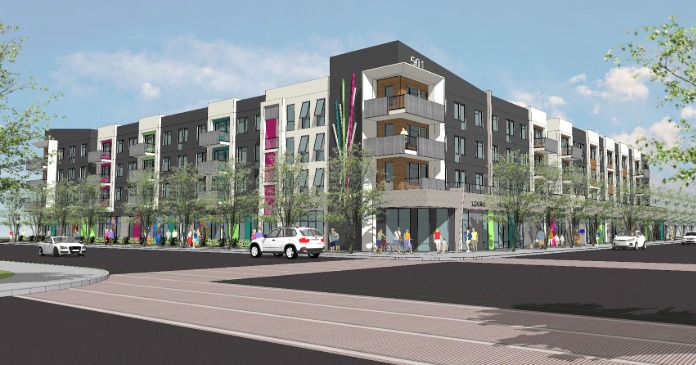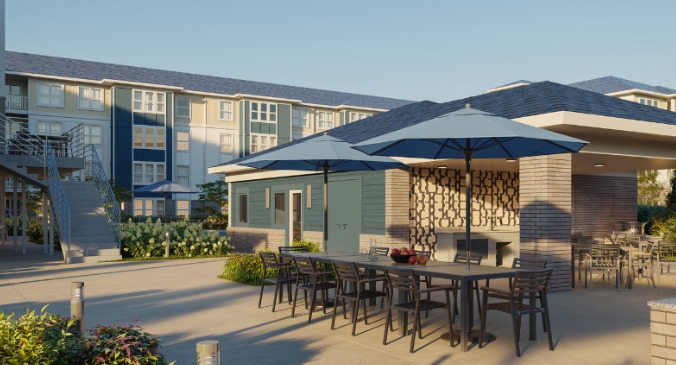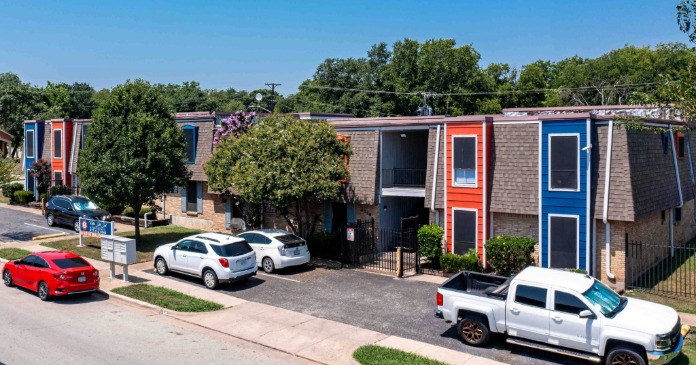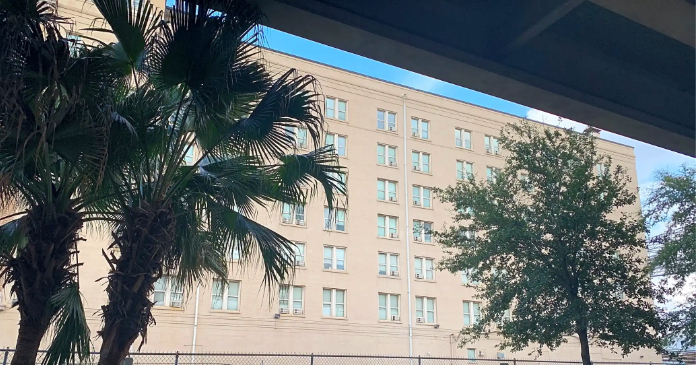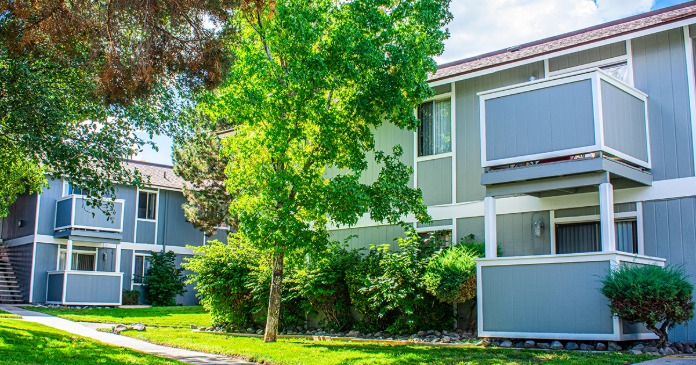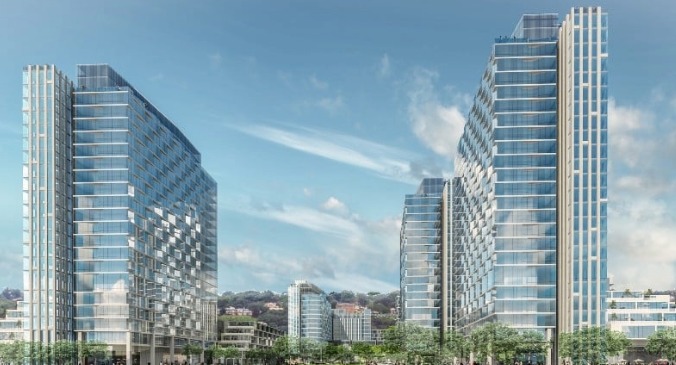The U.S. multifamily housing market delivered its strongest second-quarter performance on record in 2025, with rental demand vastly outpacing new construction and driving vacancy rates to their lowest levels since before the pandemic. The surge represents a marked turnaround for an industry that has grappled with oversupply concerns and tepid rent growth for the better part of two years.
According to a new report from CBRE Research analyzing 69 major markets, net absorption reached 188,200 units in the second quarter—the highest Q2 figure on record and 47 percent above year-ago levels. Demand exceeded the pre-pandemic Q2 average by 44 percent, signaling a fundamental shift in market dynamics as construction activity moderated and household formation accelerated.
Supply-demand imbalance drives tightening market
The uptick in demand came as new construction completions held steady at just 83,000 units during the quarter, creating an imbalance that pushed the national vacancy rate down 70 basis points to 4.1 percent. This marked the second-largest Q2 vacancy decline on record, with more than two units absorbed for every new unit that came to market.
The supply-demand mismatch has been building throughout 2025. Rolling four-quarter net absorption reached 665,000 units—just 5 percent below record levels—while new deliveries totaled 419,400 units. This 58 percent gap between demand and supply represents the widest spread since the immediate post-pandemic recovery period.
The report noted that all 69 markets tracked by CBRE recorded positive net absorption in Q2, underscoring the breadth of the recovery. Leading markets included New York with 19,300 units absorbed, Chicago with 9,300 units, and Dallas with 8,700 units. On an annual basis, all markets also posted positive absorption, with 66 showing year-over-year increases.
The tightening fundamentals coincide with a notable slowdown in new construction activity. Just 572,600 units remained under construction at quarter’s end, representing 3.2 percent of existing inventory and down substantially from a peak of 760,400 units in the first quarter of 2024. This pipeline contraction suggests vacancy rates will continue declining in coming quarters as fewer new units enter the market.
Construction activity has been particularly concentrated in major metropolitan areas, with the top five markets—New York, Dallas, Austin, Washington D.C., and Atlanta—accounting for 29 percent of national completions. New York alone delivered 41,400 units over the past four quarters, representing 10 percent of the national total.
Rent growth exceeds 1 percent
The supply-demand imbalance translated into increasing rent growth, with average year-over-year effective rent growth reaching 1.2 percent in the second quarter—the first time rent growth exceeded 1 percent in two years. Average monthly rent climbed to $2,228, up 1.3 percent from the previous quarter and up 1.2 percent year-over-year.
Regional performance varied significantly, with the Midwest leading at 3.7 percent annual rent growth, followed by the Northeast at 3.1 percent. Meanwhile, markets that experienced substantial new supply continued to post negative rent growth, including Austin at -7.2 percent, Phoenix at -4.5 percent, and Denver at -4.8 percent.
The return of overall rent growth above 1 percent marks a significant milestone for property owners who have contended with minimal or negative rent increases since 2023. CBRE analysts expect this trend to continue as vacancy rates stabilize and construction activity slows further.
Investment activity shows signs of life
The improving fundamentals coincided with renewed investor interest in multifamily properties. Excluding Blackstone’s $10 billion acquisition of AIR Communities in 2024, multifamily investment volume increased 7.1 percent year-over-year to $32.9 billion in the second quarter. For the first half of 2025, volume rose 22 percent to $63.6 billion when excluding the Blackstone transaction.
Cap rates held firm at 5.7 percent during the quarter, with CBRE’s Q2 2025 Multifamily Underwriting Survey indicating marginal improvement in underwriting assumptions for both core and value-add assets. This stabilization suggests the sector may be finding its pricing floor after a prolonged period of valuation uncertainty.
Outlook Remains Positive
The robust second-quarter performance positions the multifamily sector favorably as it enters the traditionally strong summer leasing season. With construction completions expected to moderate further and household formation trends remaining supportive, industry analysts expect continued improvement in fundamentals throughout 2025.
The 50 markets now posting vacancy rates below pre-pandemic averages—up from just 19 in the third quarter of 2024—illustrate the breadth of the recovery. This suggests the current cycle represents more than just a temporary rebalancing, but rather a sustained improvement in supply-demand dynamics across metropolitan areas.
For investors and property owners, the data points toward a multifamily market that has successfully navigated the oversupply concerns that dominated headlines in 2023 and early 2024. With demand reaching record levels and new supply moderating, the sector appears positioned for continued rent growth and occupancy gains in the quarters ahead.
The full report, which contains graphs illustrating the data trends discussed, is available here.




